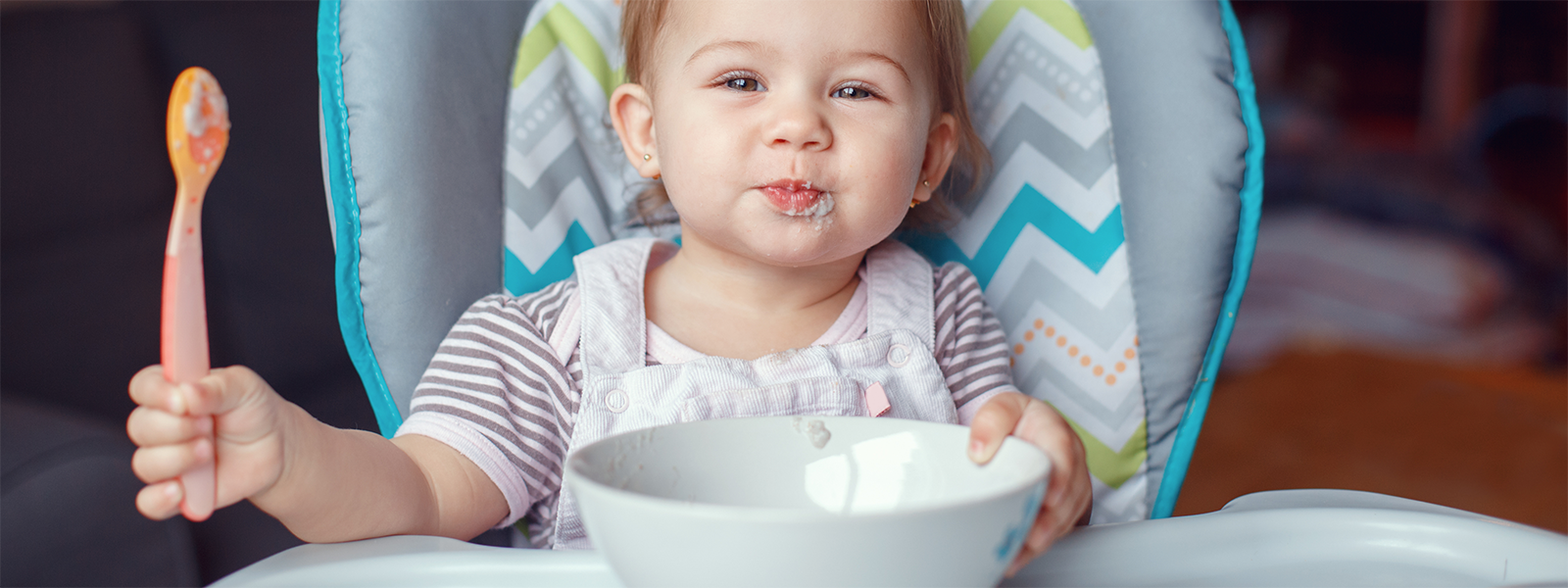You may be thinking about changing your baby’s formula whether it’s due to their age or digestive issues like fussiness, gas and spitting up.
Regardless of the reason, it’s best to speak with your doctor before switching your baby’s formula. Once you have the go-ahead, here’s some things to consider when doing the switch.
Why switch baby formulas
Many parents choose to switch formulas for different reasons such as adapting to different dietary needs or preferences, feeding issues, or transitioning to a different stage formula as their baby grows.
How to switch formulas
Start by replacing a small amount of your baby's feed with the new formula. Gradually increase the amount of new formula with each feeding. Be patient, it can take up to 5 days for some babies to adjust.
How to choose which formula to switch to
Talk to your baby’s doctor
Your baby’s doctor should be consulted for any questions about your baby’s health. They know your baby's unique needs and can help guide your formula choice based on any potential intolerances or other dietary requirements your baby might have. Your doctor may recommend switching to a lactose-reduced or soy-based formula. If your doctor suspects your baby has an allergy, they may recommend hypoallergenic formula designed for babies with allergies.
Choose the right stage
Look for formulas that are age-appropriate for your little one. Different formulas are designed for different stages, such as newborns or infants 6 months and older.
Read the label instructions
Remember to carefully follow the preparation instructions on the label for the product you are using. Instructions can vary from product to product and between infant formula brands.
Tips for switching formulas
- Give your baby 3 to 5 days to get used to the new formula: The adjustment could happen right away or it may take some time to adapt. While you’re transitioning, your baby may go through some other slight changes—mainly to their stool pattern, gas and how often they spit up. Minor changes to baby’s stool pattern, gas or how often they spit up are normal when transitioning to a new formula
- Make sure to follow the preparation and storage instructions on the label for each formula.
Is switching formulas safe?
Switching baby formulas is generally considered safe and common but it's important to talk to your baby’s doctor before making any changes.
Why choose GOOD START®?
GOOD START formulas are tummy friendly and easy to digest*. Designed with baby’s comfort in mind, only GOOD START formulas have comfort proteins, which are 100% whey proteins that have been partially broken down using our unique process for small tummies.
Whenever you may decide it’s time for formula, choose GOOD START PLUS. It’s our closest formula to breast milk and the only non-GMO† baby formula with Comfort Proteins™, Probioticsǂ, DHA, and 2’-FL.
Switching to a formula for sensitive stomachs
Designed to give sensitive tummies extra comfort, GOOD START SOOTHE is easy to digest* and has 30% less lactose compared to other GOOD START milk-based formulas. It is our most advanced formula for fussy tummies and is the only formula with probiotic L. reuteri.
Over 90% of parents who switched to GOOD START SOOTHE said their baby was less fussy after the first feed.1
*Like all infant formulas
†Ingredients not genetically engineered.
ǂ Probiotics only in powder format.
1. Czerkies L et al., JPHN. 2019;1(1):19-26.










